One Simple Reason Why Touching The Sun Is So Hard
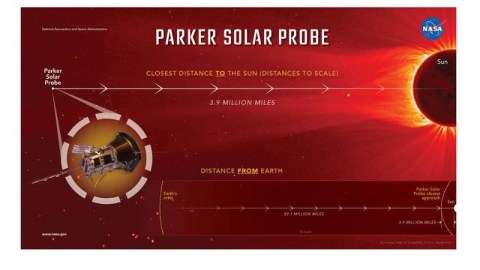
In all the years of NASA, we’ve never touched the Sun before. Here’s why it’s so hard.
This past weekend, NASA successfully launched the Parker Solar Probe: the first spacecraft that will ever touch, with its own instruments, solar material directly in the vicinity of the Sun itself. It seems paradoxical: how could it be so difficult to collide with the source of 99.8% of the mass in our Solar System? It’s the strongest gravitational source around for many light years in every direction, and everything in the Solar System — including planet Earth itself — orbits the Sun.
Yet nothing that’s ever been launched from Earth, either naturally or artificially, has ever come in contact with the Sun. The Parker Solar Probe will be the absolute first. There’s a simple explanation for why this has never happened before, and why it’s taken so much planning to make it occur. The reason? Newton’s first law of motion.
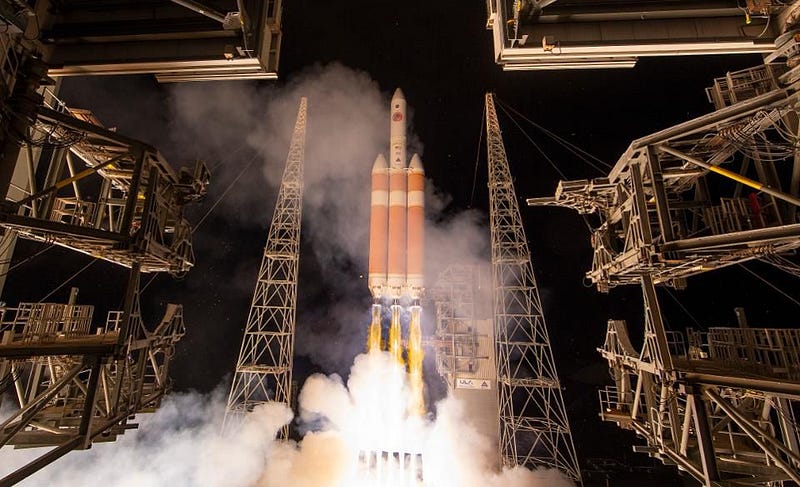
Formulated way back in the mid-17th century, Newton’s first law is very simple. It states:
- an object at rest remains at rest,
- and an object in motion remains in constant motion,
- unless acted upon by an outside force.
We’re used to this applying to straight-line motions, like a hockey puck sliding across an icy surface. But Newton’s law, like all laws of physics, should apply under all sorts of circumstances. Even, in this case, if constant motion is in an elliptical orbit around the Sun.
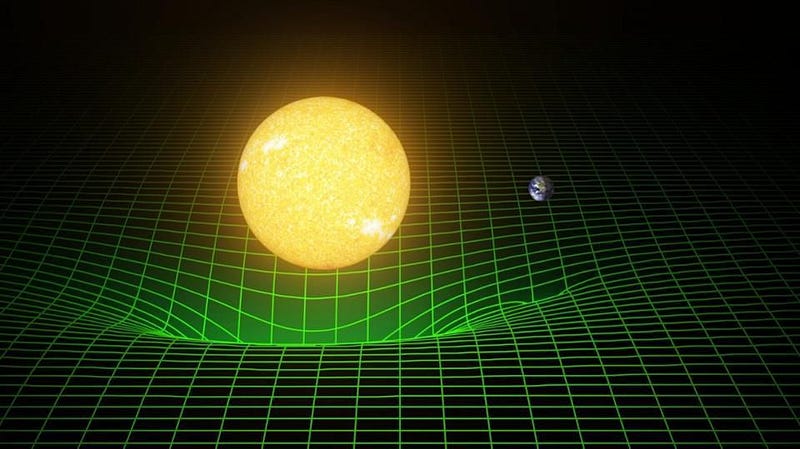
“Hang on,” I can hear you objecting, “gravity is an outside force, and therefore this isn’t really constant motion!”
And that’s a reasonable objection, if the only way you had to think about motion was in terms of linear motions. Motion in a straight line is the simplest kind of motion, and this is how we normally learn about Newton’s laws. Push-or-pull something and it accelerates; take all the external forces away and it remains in constant motion. But there’s another kind of motion that’s possible: angular (or rotational) motion. And in the particular case of anything originating on Earth, that includes our motion around the Sun. While the Parker Solar Probe may be designed to measure many aspects of the Sun, we have to get much closer than we’ve ever gone before, and that means changing our angular motion.
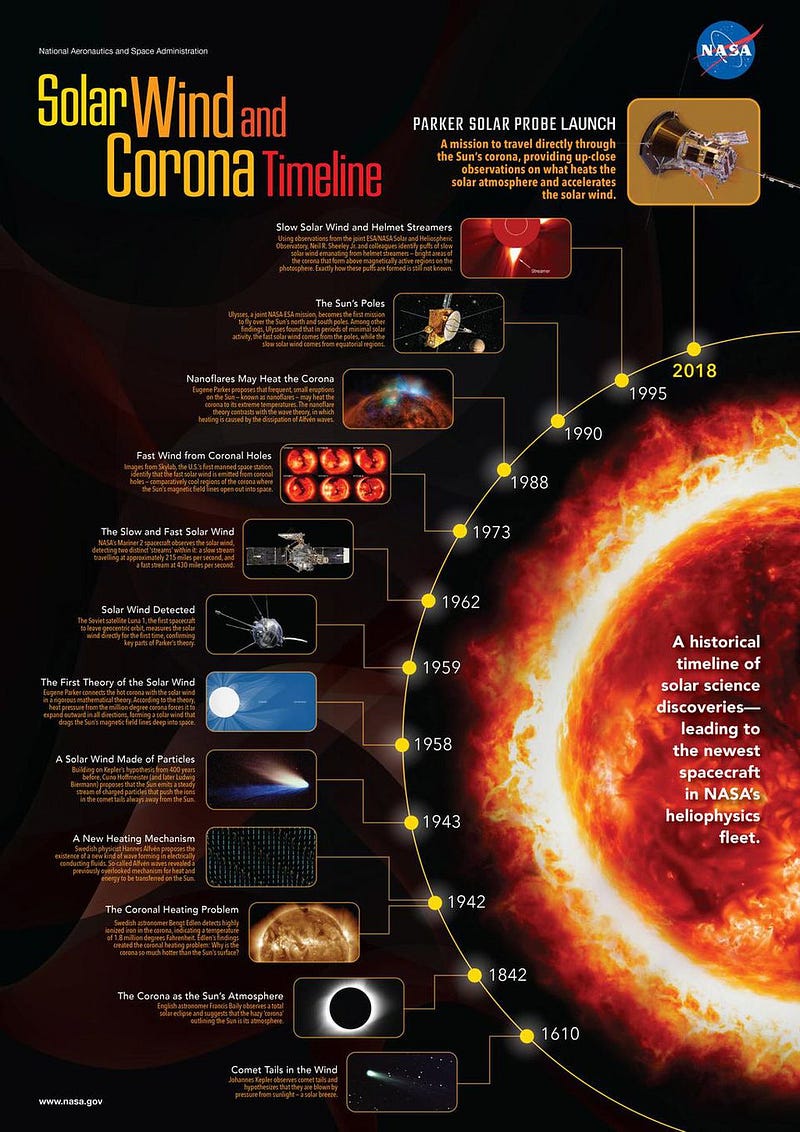
When we make the transformation from thinking in straight lines to thinking in terms of rotations and orbits, we also have to make the jump from linear momentum to angular momentum. Whereas linear momentum is just an objects’s mass multiplied by its velocity, angular momentum is the linear momentum multiplied by that object’s orbital distance from what it’s orbiting. So long as the direction of motion is perpendicular to the line you’d draw from the object (like Earth) to the object it’s orbiting (like the Sun), this works simply and perfectly.
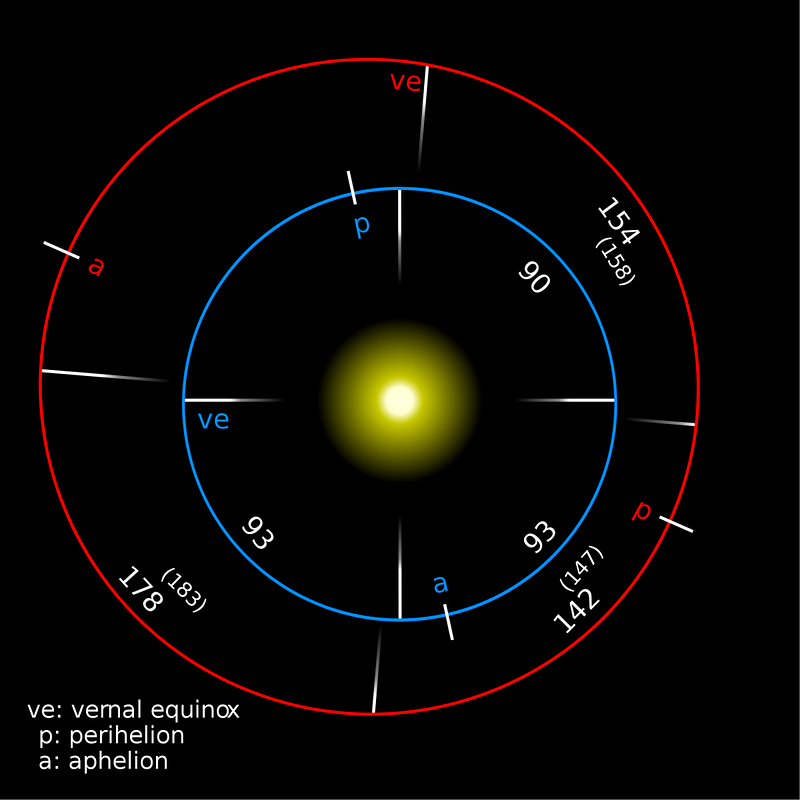
Newton’s first law, for straight-line motions, tells us that momentum is always conserved, and the only way to change that momentum is to have an external force. For orbital-type motions, then, it tells us that angular momentum is always conserved, and the only way to change it is to have an external torque, which is a force acting to change that rotational motion.
For anything on the Earth, we move at a typical speed of 18.5 miles-per-second (30 km/s) in orbit around the Sun, and we do this at a typical distance of 93 million miles (150 million km) from the Sun. The amount of angular momentum we have is enormous, and there’s no easy way to get rid of it.

In fact, there are only two ways we know of, within the Solar System, to change your angular momentum at all:
- Bring some rocket fuel and burn it, causing your own acceleration (balanced by the equal-and-opposite acceleration of the fuel), or
- Use a gravitational assist to accelerate/decelerate you with respect to the Sun.
The Parker Solar Probe, in order to work, needs to get within a mere 6 million km of the Sun at its minimum distance, in order to “touch” and measure the Sun’s corona: a superheated region of plasma normally only visible during a total solar eclipse.

That requires losing a lot of angular momentum. The Parker Solar Probe is being touted as the fastest object ever launched by humanity, and that’s because it has to be. Its launchpad is planet Earth, which orbits the Sun at a roughly-constant 18.5 miles-per-second (30 km/s), which translates to some 67,000 mph (108,000 kph). The amount of fuel that we’d have to spend to slow that speed down so that we could fall closer to the Sun, into an interior orbit, is prohibitively large and expensive.
Instead, we need to have a series of gravity assists, or gravitational slingshots, to try and change our orbit. Only by involving a third object — like another planet — can we either gain-or-lose the necessary angular momentum with respect to the spacecraft-Sun system.

We’ve done this many times before in our attempts to reach both the inner and outer Solar System. The Messenger spacecraft, which launched in 2004, flew by Earth once, then gave itself a boost with a rocket burn to fly by Venus, which it did twice, then burned again to reach Mercury, and after three total Mercurian fly-bys (each followed by a burn), it entered orbit around Mercury in 2011.
The Parker Solar Probe will take an analogous approach, using Venus as its primary gravitational assist tool. It will fly by the hottest planet in our Solar System a record seven times, in order to create an elliptical orbit that enables it to come within 3.8 million miles (6.1 million km) of the Sun.
https://www.youtube.com/watch?v=hKjcbmlAaYY
It doesn’t simply take a suite of clever instruments to measure the Sun up close, although the Parker Solar Probe has those. It isn’t enough to have a thick, carbon-composite shield to withstand the incredible radiation and temperatures present in close proximity to the Sun, although the Parker Solar Probe has those, too. It also requires an incredibly complex, intricate plan to insert yourself into a stable orbit that’s capable of bringing you closer to the Sun than anything else ever has before.

Touching the Sun is a remarkable technical achievement that will finally come to fruition in just a few short years. The launch has been successful, and the next few years of gravity assists and a few deep-space maneuvers should bring us closer to the Sun than we’ve ever gotten before. After sixty years of theorizing, is finally poised to answer a slew of burning scientific questions about our nearest star and stars in general. This spacecraft may be doomed to eventually burn up due to its repeated close passes through the solar corona, but it’s been designed to survive at least three successful “touches” of the Sun. It will mark the first time we’ve ever sent something from Earth this close to the Sun. And it’s only because of a remarkable flight plan, where we lose enough of our angular momentum, that this mission has a chance to succeed.
Ethan Siegel is the author of Beyond the Galaxy and Treknology. You can pre-order his third book, currently in development: the Encyclopaedia Cosmologica.





